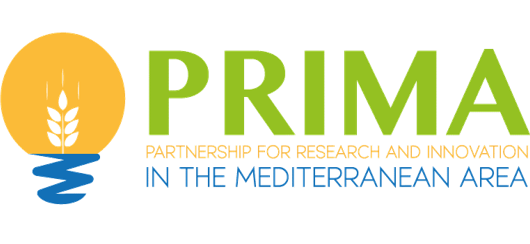 Effect of the optimized regulated deficit irrigation methodology on water use in garlic
Effect of the optimized regulated deficit irrigation methodology on water use in garlic
ABSTRACT
The continuing decline in water availability for agricultural uses and increased energy costs have made it necessary to improve water productivity in crops. The optimized regulated deficit irrigation (ORDI) methodology was developed to maximize the yield of annual crops under water-scarce conditions, either by reaching a specific deficit target or distributing a limited volume of irrigation water throughout the growing season (ORDIL). The objective of this study was, for a limited amount of available irrigation water, to determine the effect of ORDIL methodology on yield, agronomic and irrigation water productivity and water footprint of a purple garlic cultivar crop under semi-arid conditions. To this end, five irrigation treatments were evaluated from 2015 to 2017 on an experimental farm located in semi-arid conditions (Albacete, Spain): no deficit (ND), and four with different volumes of available irrigation water, corresponding to 100% (T100), 90% (T90), 80% (T80), and 70% (T70) of garlic net irrigation requirements for the weather conditions of the intermediate typical meteorological year (2750 m3 ha-1). Yield decreased with increasing deficit, being up to 25% less for T70 compared with ND. However, the T70 ORDIL treatment attained the greatest average irrigation water productivity (5.30, 4.32 and 2.53 kg m-3 for 2015, 2016 and 2017, respectively) and the lowest average water footprint (349, 416 and 631 m3 Mg-1), while ND exhibited the greatest total water footprint in the process (18%, 14% and 4% greater than T70).

